
Doshas are the distinctive physical, emotional and habitual characteristics of a person, which help to understand their tendencies, preferences and ailments.
Ayurveda recognises three Doshas, viz Vata, Pitta and Kapha. All these Doshas are governed by specific elements of the body. For example, Vata is governed by air and ether, Pitta by fire and water, and Kapha by earth and water.
However, according to Ayurveda, it is not only humans who hold Doshas but also seasons and times of the day that are linked with specific Doshas. Therefore, Ayurveda recommends eating specific herbs, practising specific Yoga and following specific dietary regulations during each season to live a balanced life.
Seasons and Doshas
According to Ayurveda, spring is governed by Kapha Dosha, summers by Pitta Dosha, autumn by Vata and winters by both Vata and Kapha Dosha. In the case of winters, the earlier part of the season has a prevalence of Vata, and the later part of the winter is prevalent with Kapha Dosha. By understanding your Dosha imbalance and the Dosha of the season, you can strike the perfect balance required to live a harmonious life.
Winter Tips for People with Vata Dosha
If you have Vata Prakriti, you are more likely to experience dry skin, pain and ache in different body parts and other winter discomforts, especially at the beginning of the season. Here is what you should do to balance Vata Dosha in winters:
- Eat a nourishing diet to balance the dry qualities of the season.
- Include all the Rasas in your diet, especially sweet, sour and salty.
- Take small meals and eat frequently to keep your body and mind nourished.
- Include spices such as ginger, Ajwain (carom seeds) and Hing (asafoetida) to boost digestion. Cinnamon, turmeric, cloves and black pepper are also beneficial for Vata Dosha.
- Do not eat cold, refrigerated or processed foods.
Winter Tips for People with Pitta Dosha

People with Pitta body constitution are generally healthy and comfortable during winters as the cold qualities of the season balance the hot characteristics of Pitta Dosha. However, you can follow these tips to further balance Pitta Dosha in winters:
- Do not eat deep-fried and spicy food.
- Avoid eating sour warming foods such as tamarind, spinach, sour cream, etc., and prefer sweet, bitter and astringent foods.
- Include coconut in your diet as much as you can.
- Ghee is one of the best foods for Pitta Dosha. Therefore, use a generous amount of pure ghee during winters.
- Include whole grains and root vegetables such as sweet potatoes in your diet. It will help balance the digestive fire.
Winter Tips for People With Kapha Dosha
People with Kapha Prakriti tend to face the most health problems as Kapha is already aggravated during winters. Therefore, they must eat a Dosha-specific diet to balance Kapha Dosha.
- Avoid heavy foods and dairy products.
- Eat light, warm and freshly cooked foods.
- Prefer foods with pungent, bitter and astringent tastes.
- Avoid refined sugar, alcohol and deep-fried foods.
- Eat small portions of food and make your dinner light. Also, have the heaviest meal during lunchtime.
- Drink herbal teas made with ginger, Tulsi, black pepper and honey to balance Kapha and keep the body warm.
Winter Tips for Everyone
- Include winter-specific herbs such as cinnamon, ginger, black pepper, turmeric, etc. They help maintain the digestive fire or Agni and keep the body warm.
- Regular oil massage or Abhyanga is a key component of the winter regime in Ayurveda. It helps to lubricate the joints, tone the muscles and regulate the body’s temperature. Sesame oil is considered best for Abhyanga.
- The cold and dry qualities of the winter season may deplete the levels of Ojas and negatively affect the digestive fire and energy levels of the body. To maintain the levels of Ojas in this season, Ayurveda recommends including sesame oil, ghee, almonds, walnuts, sesame seeds, bananas, dates, avocados, figs and honey in the diet.
- Drink CCF tea (Coriander, Cumin and Fennel Tea) during this season. You can sip it throughout the day or have it after the meals.
- Practice Yoga every day to balance Kapha Dosha during this season. Some of the best Yoga Asanas for winters are Surya Namaskar (Sun Salutation), Virabhadrasana (Warrior Pose), Bhujangasana (Cobra Pose), Dhanurasana (Bow Pose), Savasana (Corpse Pose) and Vasisthasana (Side Plank).
- Include Pranayamas in your exercise routine. The best Pranayamas for winters are Kapalbhati (Breath of Fire), Bhastrika (Bellows Breath), Nadi Shodhana (Alternate Nostril Breathing) and Surya Bhedana (Solar Breath). They will help increase heat, circulation and digestive fire in the body.
The Takeaway
According to Ayurveda, winter is the season of Vata and Kapha Dosha. Therefore, it is important to maintain the balance of Vata and Kapha in your body while also balancing your respective Dosha imbalance.
Eating a Dosha-specific diet and following a seasonal and Dosha-specific regime will help you live a healthy life in winters.

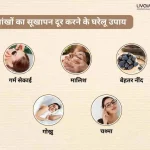


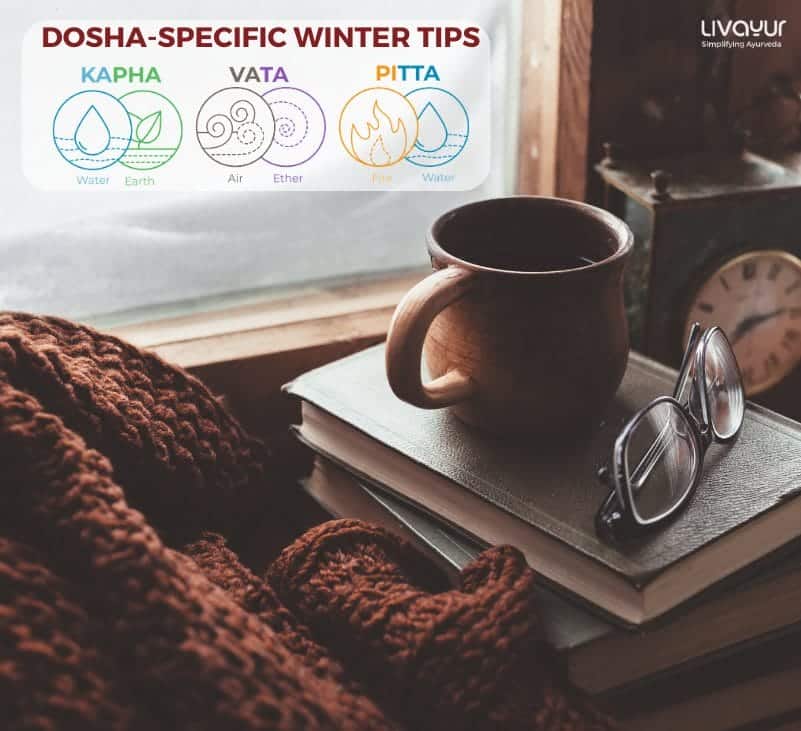







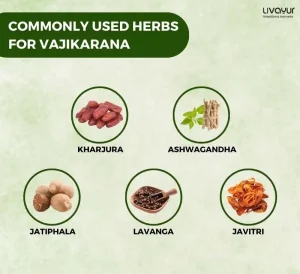
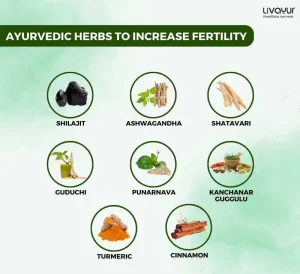
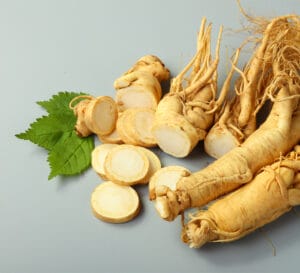
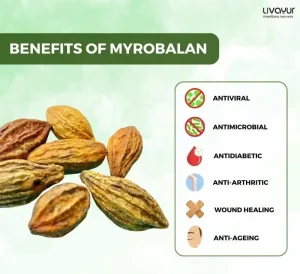
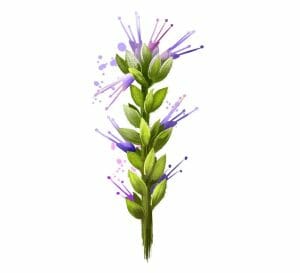







1 Comments
Comments are closed.